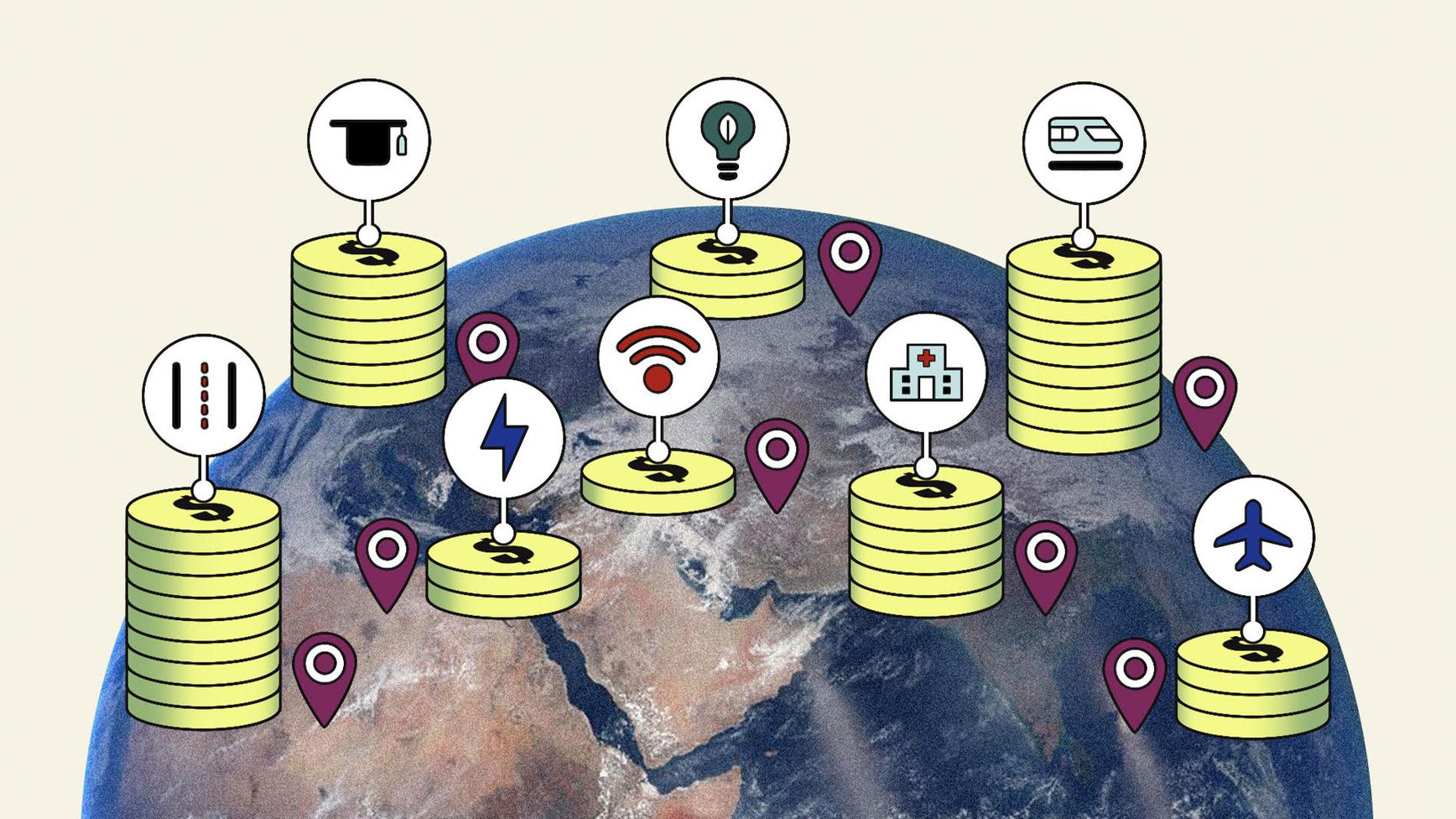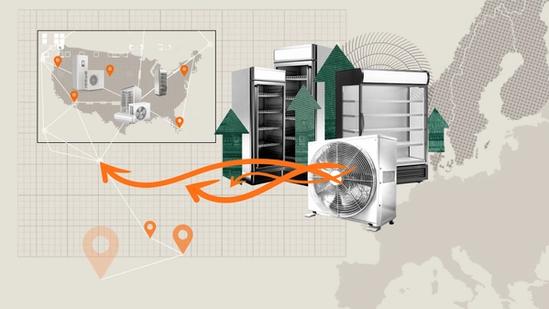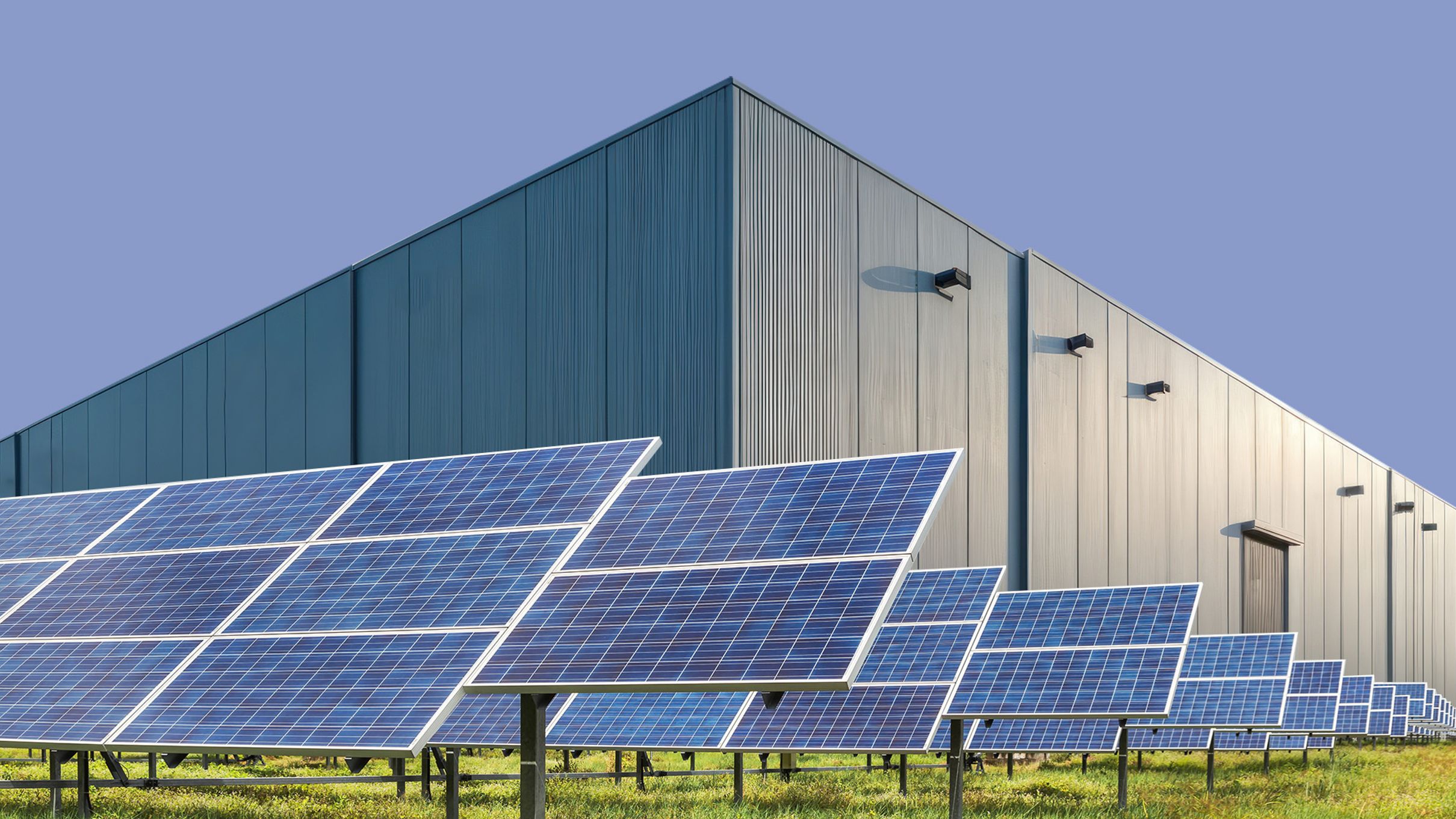
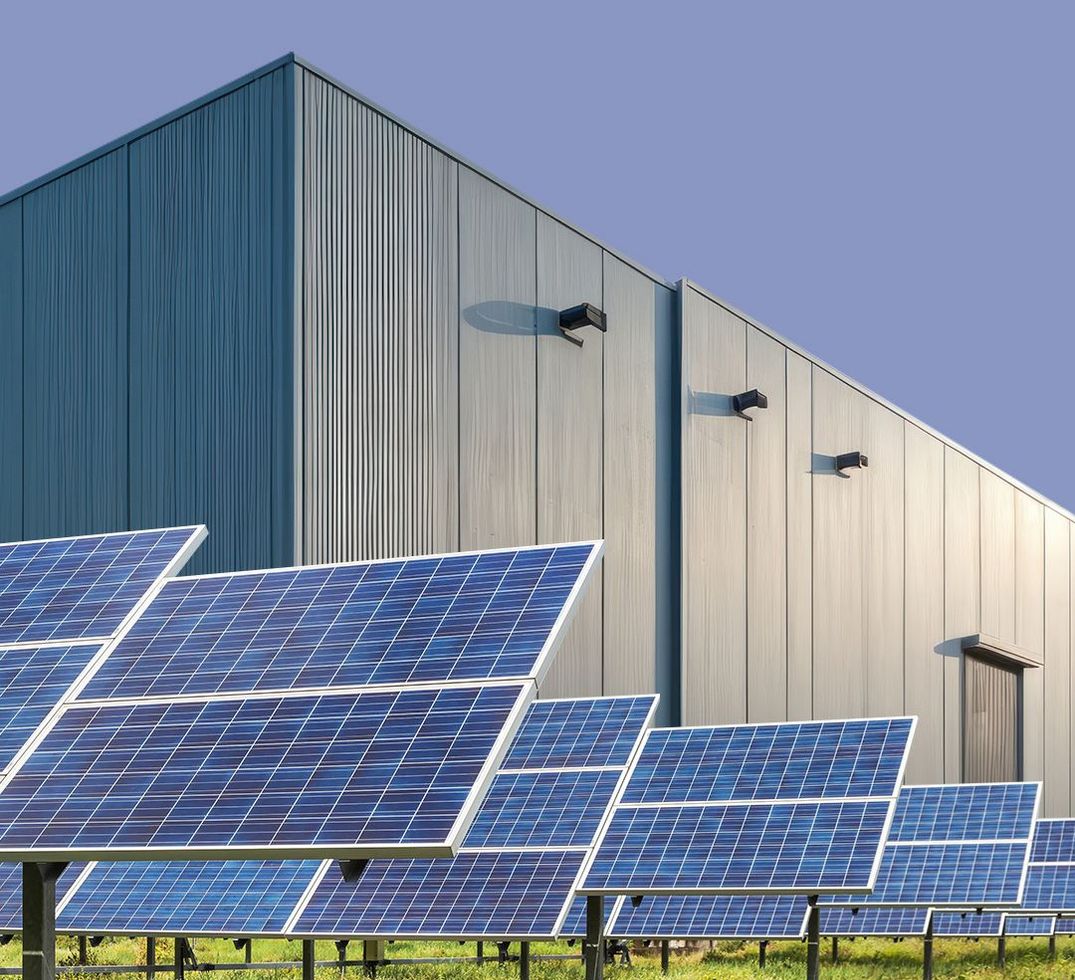
Why It’s So Difficult to Put Solar Panels on Warehouse Roofs
With their vast rooftops, warehouses seem like the perfect candidates for solar panels. Yet, the amount of solar on these buildings remains surprisingly low. Why do so many warehouse owners hesitate to go solar, and what changes could unlock this untapped source of clean energy?
- In percentage terms, the number of warehouse roofs adorned with solar panels remains extremely low.
The average warehouse in the United States has the potential to generate 176 percent of its annual electricity needs if it fully utilised its rooftop solar capacity. Such a surplus could enable property owners to meet not just their own energy demands but also to sell electricity to their local communities. In fact, the average warehouse could produce enough energy to power 40 American households, according to Environment America.
As it stands, few companies and property owners take advantage of this bright idea. When combined on a national level, the missed opportunity is enormous. If all the estimated 450,000 warehouses in the U.S. were equipped with solar panels, they could power 22 percent of all households in the country. That’s equivalent to powering all households in the largest city in every U.S. state with 100 percent clean energy.
Turning the spotlight onto Europe reveals a similar story. Placing solar panels onto the United Kingdom’s larger warehouses could double solar generation capacity, according to the UK Warehousing Association. But as recently as 2024, fewer than 5 percent of the UK’s industrial and commercial rooftops were equipped with solar panels. Instead, solar panels are often placed on farmland, triggering complaints from local residents and lawmakers over unsightly panels ruining the verdant countryside.
In Germany, commercial solar makes up around 29 percent of the country’s total solar capacity. The Western European country is a global leader in solar alongside America, China and India. However, as with the rest of the world, the vast majority of warehouse rooftops in Germany remain underutilised. However, increasingly volatile energy prices coupled with new developments in solar technology could soon change all that.
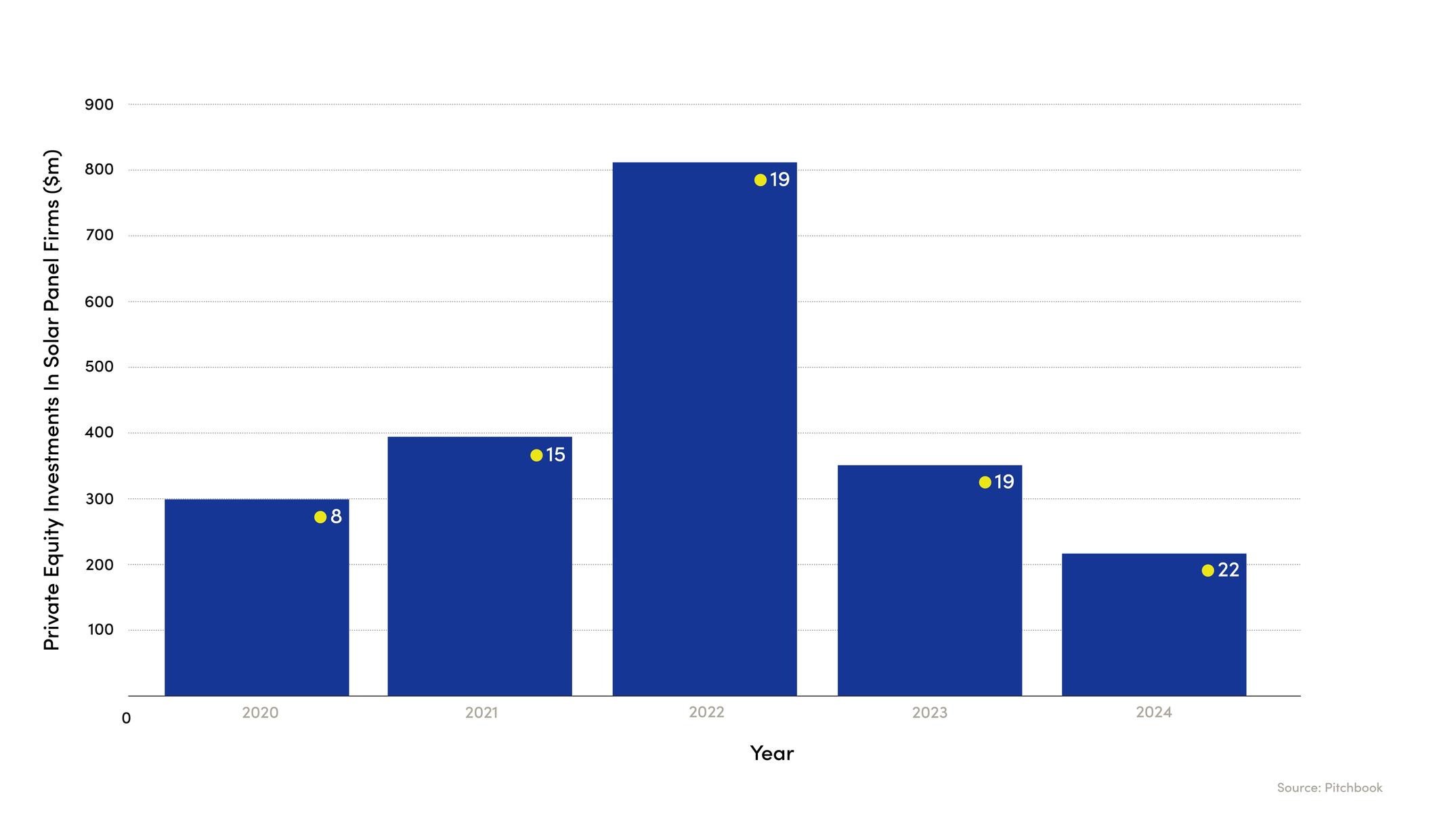
Solar blockers
The financial benefits of installing solar panels on a warehouse depend on where it’s located. “Ultimately, geography and local market conditions, including electricity rates, often determine whether a project is viable,” says Cameron Bard, Chief Revenue Officer at EQT-backed Madison Energy.
Solar panels in Spain or Mexico, for example, are much more economically attractive than those in Scotland or Canada. Once there are suitable latitude and weather conditions, then the “ideal scenario is a newly constructed, solar-ready warehouse, which is a trend that is rapidly gaining traction across the U.S.,” says Bard.
However, instead of building from scratch, it stands to reason that a faster solution for increasing warehouse solar adoption would be to retrofit panels onto older buildings, but building on roofs that are not designed to withstand heavy strain presents a major blocker. A solar panel is mainly made out of glass, plastic and metal that houses silicon photovoltaic (PV) cells, which convert sunlight into electricity. If a panel weighs around 20kg on average, that can quickly stack up.
In some cases, particularly in temperature-controlled warehouses, available space for panels can already be crowded with heating and ventilation equipment, which puts strain on the carrying capacity of the roof.
Viktor Clintom, chief operations manager of warehousing and logistics firm Clintopia, says, “Warehouses tend to have lightweight roofing structures that cannot easily bear the load of solar panels without significant reinforcement.” Structural assessments and upgrades are costly and need to happen before installation can even begin, which puts off landlords who do not see an immediate return.
Tenancy troubles
Getting buy-in from building owners and landlords is another challenge. “Since tenants are responsible for roof maintenance, the installation of landlord-owned solar systems raises issues around liability and access,” says Anthony Maguire, managing director of renewables firm Longevity Power. Longevity Power installs solar on warehouses and factories across mainland Europe.
As a large proportion of commercial properties are leased in Europe, there tends to be a “split incentive problem,” says Maguire, where landlords own the building but tenants pay the energy bills. The same is true in the U.S., where there’s a mismatch between the typical multi-decade lifespan of a solar project and the average industrial lease term, which only tends to extend up to 10 years. This disincentivises the party making the investment, as they may not be the ones reaping the long-term financial gains.
For companies without in-house energy expertise, navigating the installation process can be complex and time-consuming, according to George Penny, director at renewable energy installer The Solar Co. To compound the issue, in Penny’s experience, there’s a lack of accessible financing options. Where the economics are compelling, “particularly in France and the Netherlands,” he says, these barriers have been successfully navigated.
Then comes grid connection. Once panels are finally up and running on a warehouse roof, if you want to start selling surplus energy, a connection to the electricity grid is needed. A recent UK government report highlighted that some companies are waiting up to 15 years to connect to the grid. And the grid connection queue has grown tenfold in the last five years. To stimulate commercial solar adoption, the grid connection process time cannot be so protracted.
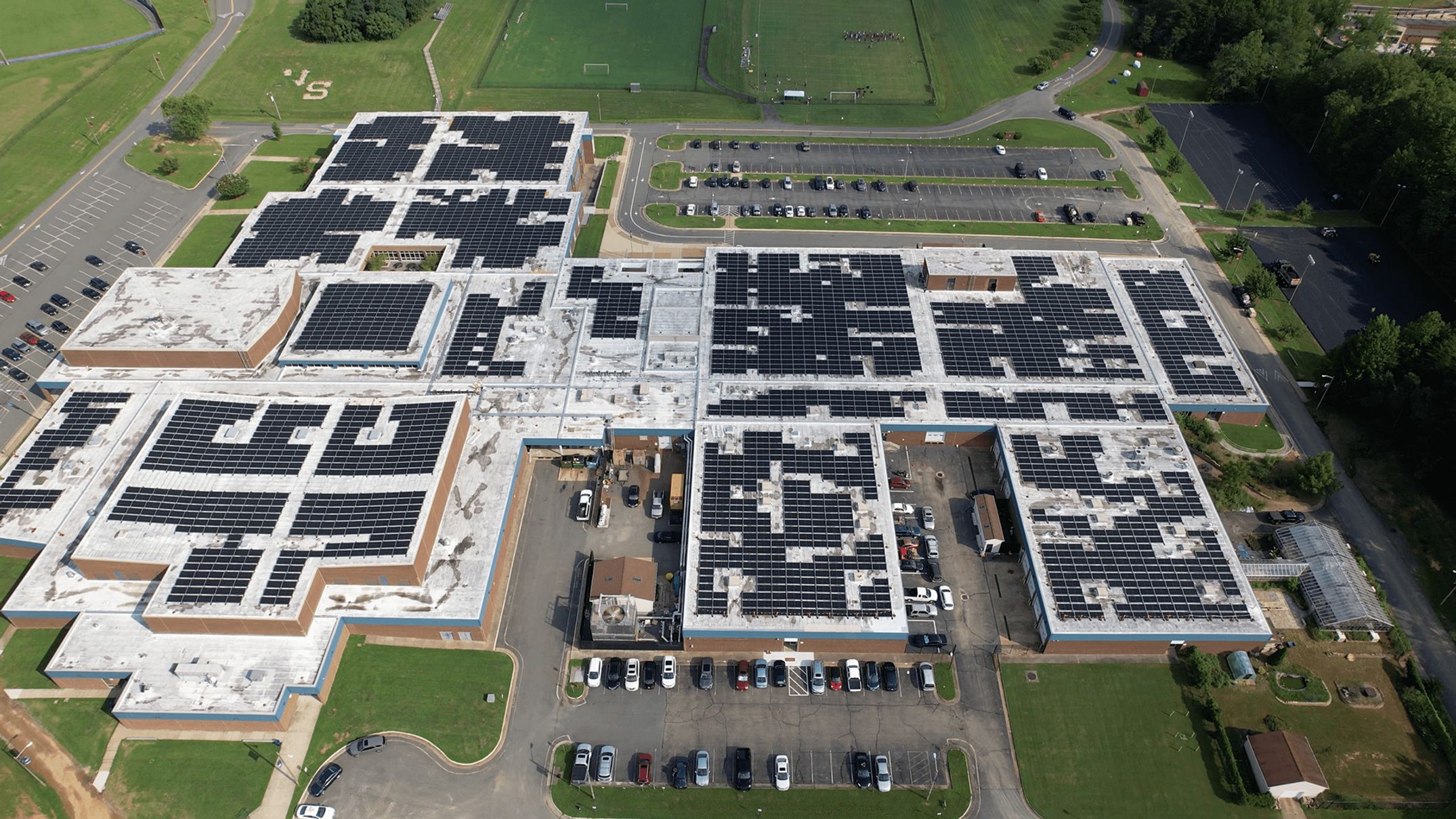
Stimulating solar adoption
To stimulate commercial solar, it must be easier for businesses to generate and use clean energy on-site, says Penny. Smart Local Energy Systems offer a glimpse of what that might look like. These involve businesses integrating solar PV, batteries, electric vehicle infrastructure, and smart controls across their estates, sometimes through microgrids or by participating in demand-flexibility schemes. “It’s not just about reducing carbon emissions or energy bills, it’s about turning energy into a strategic business asset,” Penny says.
Commercial and industrial operators, particularly those with large warehouse roof space, are well-positioned to lead this shift. In Europe, a “predictable export price or a dedicated auction mechanism for rooftop projects would be the single most impactful policy lever”, says Longevity’s Maguire. In the meantime, simplified planning, faster grid connections, better financing options, and removing disincentives like business rates on solar assets could also rapidly expand warehouse solar capacity.
Then there’s the question of targeted tax incentives and subsidies. European governments tend to be more friendly towards sustainable energy initiatives. Clean energy groups have been successful in lobbying European governments to speed up solar adoption – the UK government has laid out aims to significantly increase warehouse solar in its Clean Power 2030 Action Plan.
In the U.S., the Trump administration has been considerably more hostile towards clean energy. This is epitomized by the recent passing of the president’s signature tax and spending bill, which will phase out Biden-era tax credits for clean energy. These subsidy cuts will hit clean energy initiatives hard, as they disincentivize investment in solar energy.
‘A hedge against volatile pricing’
Even with a U.S. administration looking to roll back support for clean energy, regaining control of energy costs is increasingly important for businesses and building owners. For a long time, because annual prices were predictable, property owners had a “set it and forget it” approach to energy consumption, says Madison’s Bard. “Extreme volatility and price increases have turned energy from a peripheral area of concern into very much a core part of business,” Bard says.
There has been a “breaking point” in the last few years, Bard has observed, where the cost of power from the grid has fluctuated so much that businesses are starting to seriously consider solar as an alternative. In comparison, the price of solar power has fallen by over 80 percent since 2010. As solar adoption increases, the price will continue to trail downwards. Particularly in comparison to carbon-based fuels like oil and gas – diminishing assets that come with a high cleanup cost.
Energy security concerns and price fluctuations caused by global conflicts in the Middle East could widen the price gap between traditional power supply and renewables even further. As such, solar could become “a hedge against volatile pricing,” says Gordon Power, a sustainability investor and former chairman of Earth Capital. With security of supply an increasing push factor towards solar, according to Power, instead of being at the mercy of an ever-increasing utility bill, building owners can offset their costs by producing on-site.
Material change
Something that could significantly increase warehouse solar adoption is new PV technology coming down the line.
Perovskite solar cells are one example of this material change. Perovskite cells are much thinner than the silicon wafers used in traditional solar panels. These perovskite cells can be manufactured using low-cost methods and can be printed or coated straight onto surfaces, without the need for heavy glass panels. These new cells, currently being developed by Oxford University, are more energy efficient, converting over 27 percent of sunlight into electricity versus silicon’s 22 percent.
Perovskite’s transparent characteristics mean it can even be placed onto windows and other areas that have previously been unreachable by silicon panels. There would be less of an issue retrofitting this lighter material onto older warehouse roofs. When it arrives, this new material has the potential to fundamentally alter the equation, making it more worthwhile to put solar panels on roofs, windows, or, indeed, any other surface touched by the sun.
Needless to say, the upfront costs for solar are sizeable. However, when estimating the financial viability, Earth Capital’s Power takes a longer view. ”Too many people are asking, ‘What’s the amortization of this cost over 25 years?’ And not saying, ‘Actually, we completely repay for it in seven or eight years, and then it’s completely free.’”
By this logic, if a solar panel lasts its full lifespan, it is generating free energy for up to 18 years. Power suggests that once decision-makers start looking at solar as free energy from around year seven onwards, then it starts to make more economic sense.
ThinQ by EQT: A publication where private markets meet open minds. Join the conversation – [email protected]

